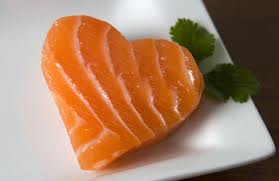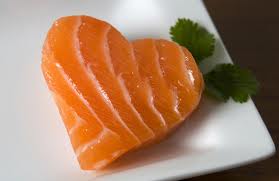By Andris Vassilios, Dietitian-Nutritionist:
Polyunsaturated fats are good quality fats. Polyunsaturated fats include omega-3 and omega-6 fats, each with different effects, which are essentially included in our diet because our bodies cannot synthesize them on their own.
How they affect our health
Omega-3 and omega-6 fats are essential for the proper development and function of the brain, the efficiency of the immune system, the formation of cell membranes, the formation of hormones related to reproductive function. Omega-3s mainly help lower blood pressure and appear to protect against cardiovascular disease. Polyunsaturated fats, included in a balanced diet, help reduce total and "bad" cholesterol.
How much polyunsaturated fat should we consume?
A balanced diet should contain about 10% of daily calories in polyunsaturated fats, ie about 22 g. per day for someone who needs 2.000 calories. Of these, the largest percentage, about 80%, should be omega-6 fats and the remaining 20% should be omega-3 and other polyunsaturated (a ratio that has been reversed by the current diet).
During cooking
Cooking oils rich in polyunsaturated fatty acids, such as margarine and seed oils, are the most sensitive to cooking fats. Heat treatment turns them into trans fats that are particularly harmful to our health. That is why when cooking, always prefer olive oil. It is better to take polyunsaturated fats from nuts, fatty fish and greens.
What are the sources of omega-3 fats in my diet?
- Mackerel: Probably the fish with the highest omega-3 fatty acid content. Its content ranges from 1,8 - 5,3% of its weight, depending on its place of fishing.
- Salmon: It is also one of the richest sources of omega-3 fatty acids. Specifically, it contains 1 - 1,4 g omega-3 fatty acids per 100 g of raw fish. We can consume it as a main meal, grilled or boiled, but also in snacks, smoked in salads and sandwiches.
- Tuna fish: Consumed fresh or canned. It is a particularly good source of omega-3 fatty acids, which in recent years we often find in various forms (baked, in pasta, in sandwiches, in pies).
- Trout: It is a fish of moderate fat content and consequently fatty acids. It is usually consumed roasted or smoked.
- Flaxseed and linseed oil: Flaxseed is a vegetable fruit rich in vitamins, mainly of the B complex and antioxidants. Because its shell is very hard, breaking it will increase the accessibility of its nutrients (eg mashing in dressing) or it can be added after soaking in breakfast cereals, salads, soups. Flaxseed oil is also a good source of polyunsaturated fatty acids and when it is pure, it can be used in cooking and as an ingredient in vegetable soft margarines.
- Walnuts: They are distinguished for their high nutritional value. It is a food rich in fiber, minerals and vitamins B6 and E.
- PeanutsThey are also a rich source of polyunsaturated fatty acids, vitamins E, B6, thiamine, riboflavin, magnesium, calcium, zinc and phosphorus. According to studies, their consumption seems to help maintain plasma cholesterol at normal levels. For more health benefits, opt for unsalted ones.
- Margarine with omega-3: In the context of continuous industrial progress, margarines with a properly selected composition of vegetable oils are on the market, in order to contain essential omega-3 and omega-6 fats, offering high nutritional value and few calories.
- Tofu-cheese from soy milk: This cheese is distinguished for its high content of proteins and polyunsaturated fatty acids, while it does not contain saturated fat. It is an ideal food for vegetarians and for those who fast and avoid cheeses of animal origin. It is often used in sandwiches, salads and soups, to give a special taste.
The options as you can see are many! From now on, you decide if you will take a few simple steps in your daily life that will benefit you, however, for the rest of your life.
Andri Vassiliou
Dietitian Nutritionist

